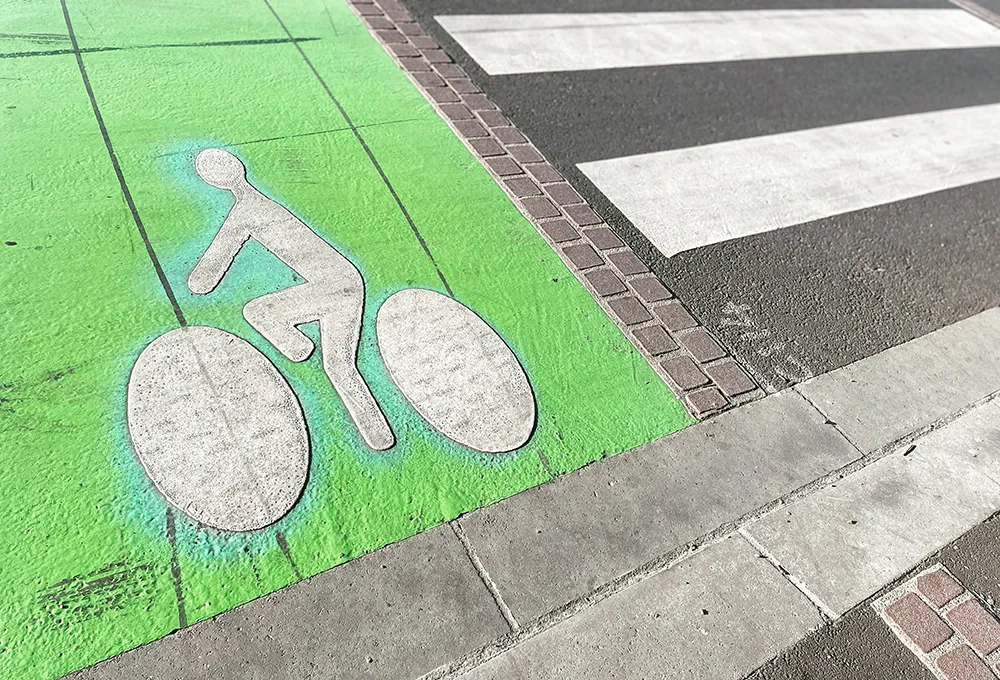Australia’s Queensland Government has revealed concept designs for what would be the world’s first double-deck bus and rail tunnel to replace the planned Cross River Rail project.
The 15 metres wide, the US$4.6 billion underground bus and train (UBAT) tunnel would be capable of accommodating a double-track railway and two bus lanes with three underground combined bus-and-rail stations.
In a statement outlining the UBAT programme, Premier Campbell Newman said: “The project we are announcing today deliver
November 22, 2013
Read time: 2 mins
Australia’s Queensland Government has revealed concept designs for what would be the world’s first double-deck bus and rail tunnel to replace the planned Cross River Rail project.
The 15 metres wide, the US$4.6 billion underground bus and train (UBAT) tunnel would be capable of accommodating a double-track railway and two bus lanes with three underground combined bus-and-rail stations.
In a statement outlining the UBAT programme, Premier Campbell Newman said: “The project we are announcing today delivers the public transport services needed for the next 50 years.”
Deputy Premier and State Development, Infrastructure and Planning Minister Jeff Seeney said: “This exciting, world-class public transport project demonstrated that the Newman Government is fulfilling its election promise to deliver better infrastructure.
“Queenslanders will have access to one of the most innovative public transport connections in the world through the underground bus and train project. The government is also progressing other transport priorities, including the Bruce Highway and the Toowoomba Second Range Crossing.”
Queensland Government has said that work could begin as early as 2015, with construction planned for completion 2020.
The 15 metres wide, the US$4.6 billion underground bus and train (UBAT) tunnel would be capable of accommodating a double-track railway and two bus lanes with three underground combined bus-and-rail stations.
In a statement outlining the UBAT programme, Premier Campbell Newman said: “The project we are announcing today delivers the public transport services needed for the next 50 years.”
Deputy Premier and State Development, Infrastructure and Planning Minister Jeff Seeney said: “This exciting, world-class public transport project demonstrated that the Newman Government is fulfilling its election promise to deliver better infrastructure.
“Queenslanders will have access to one of the most innovative public transport connections in the world through the underground bus and train project. The government is also progressing other transport priorities, including the Bruce Highway and the Toowoomba Second Range Crossing.”
Queensland Government has said that work could begin as early as 2015, with construction planned for completion 2020.









